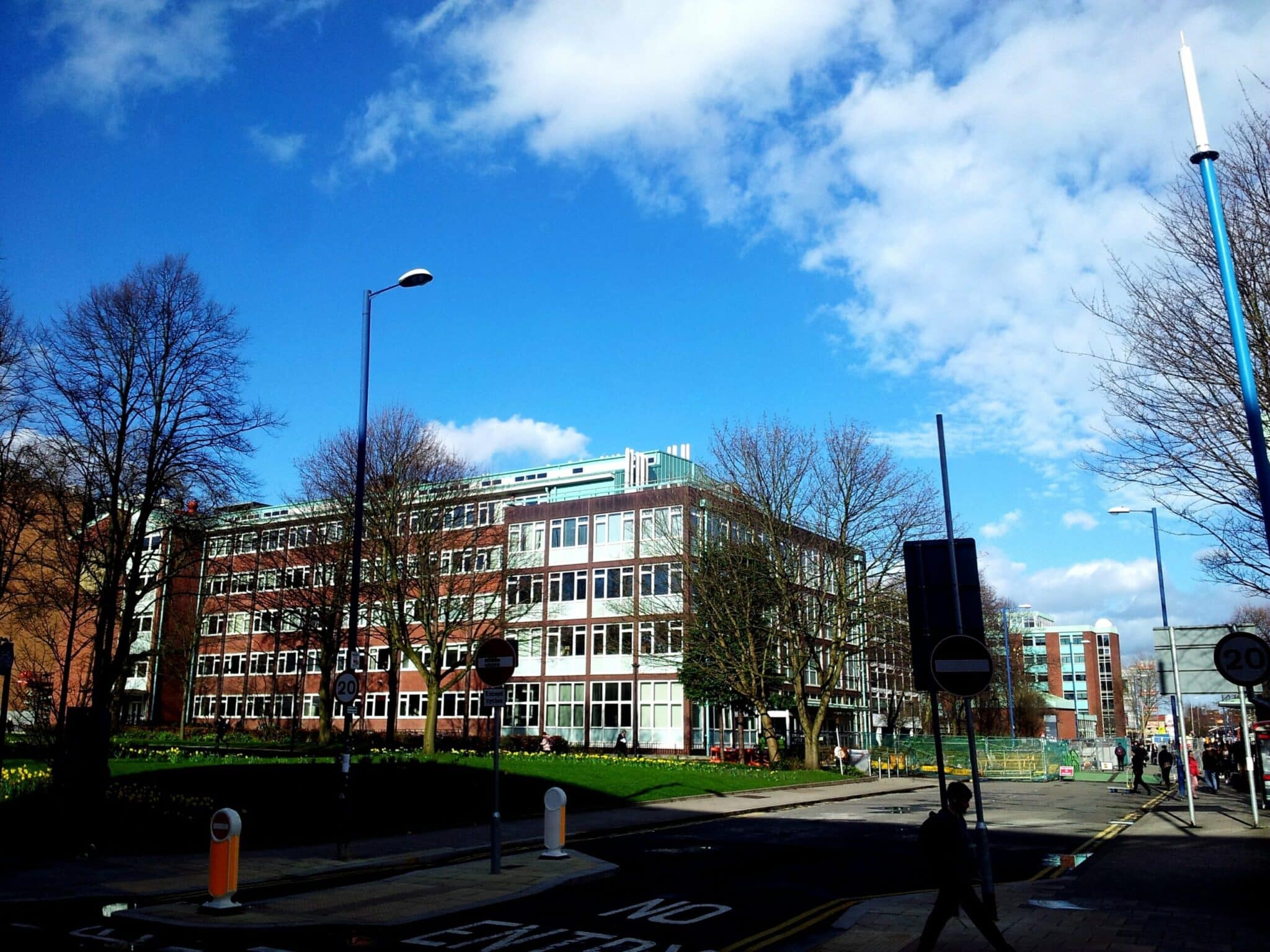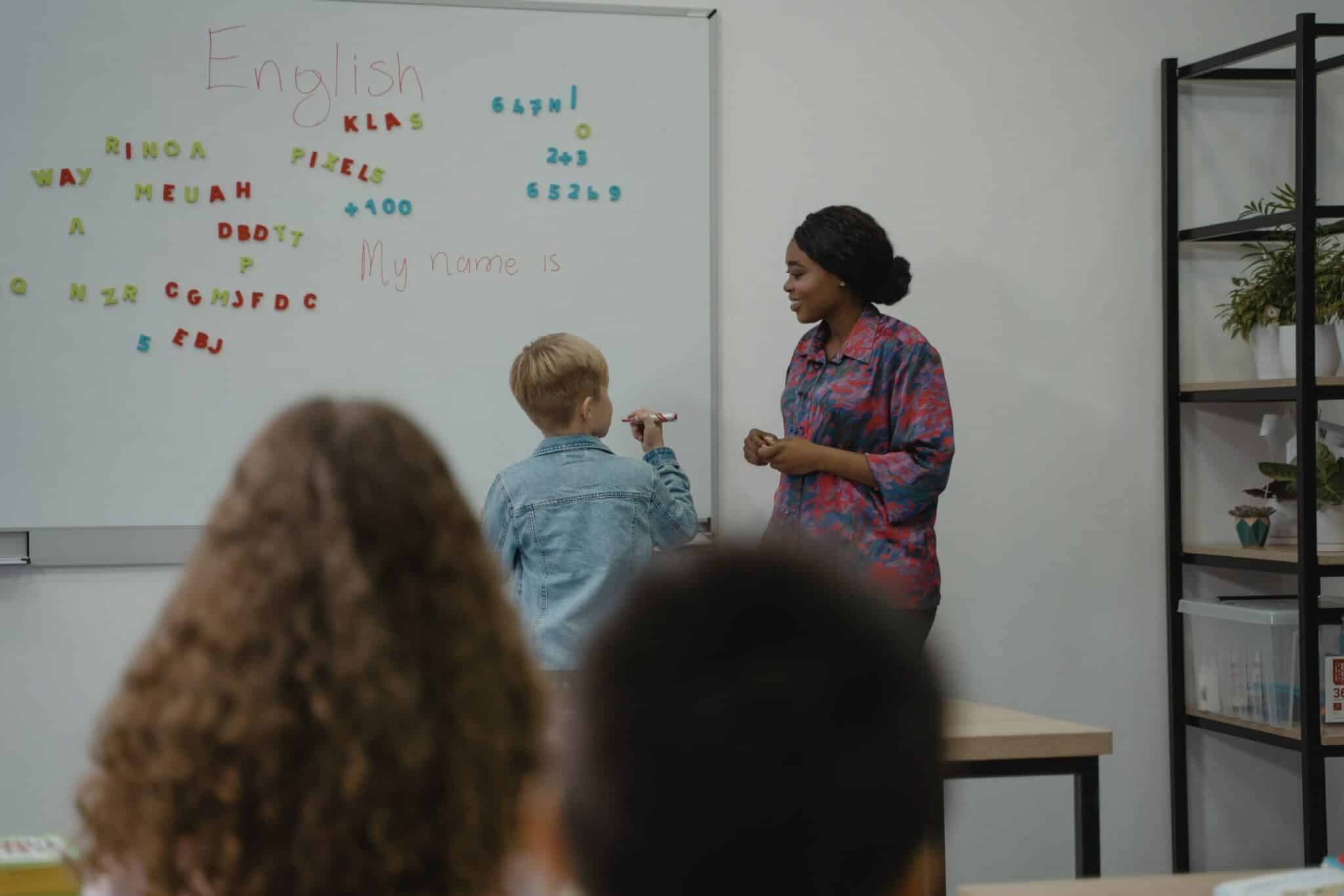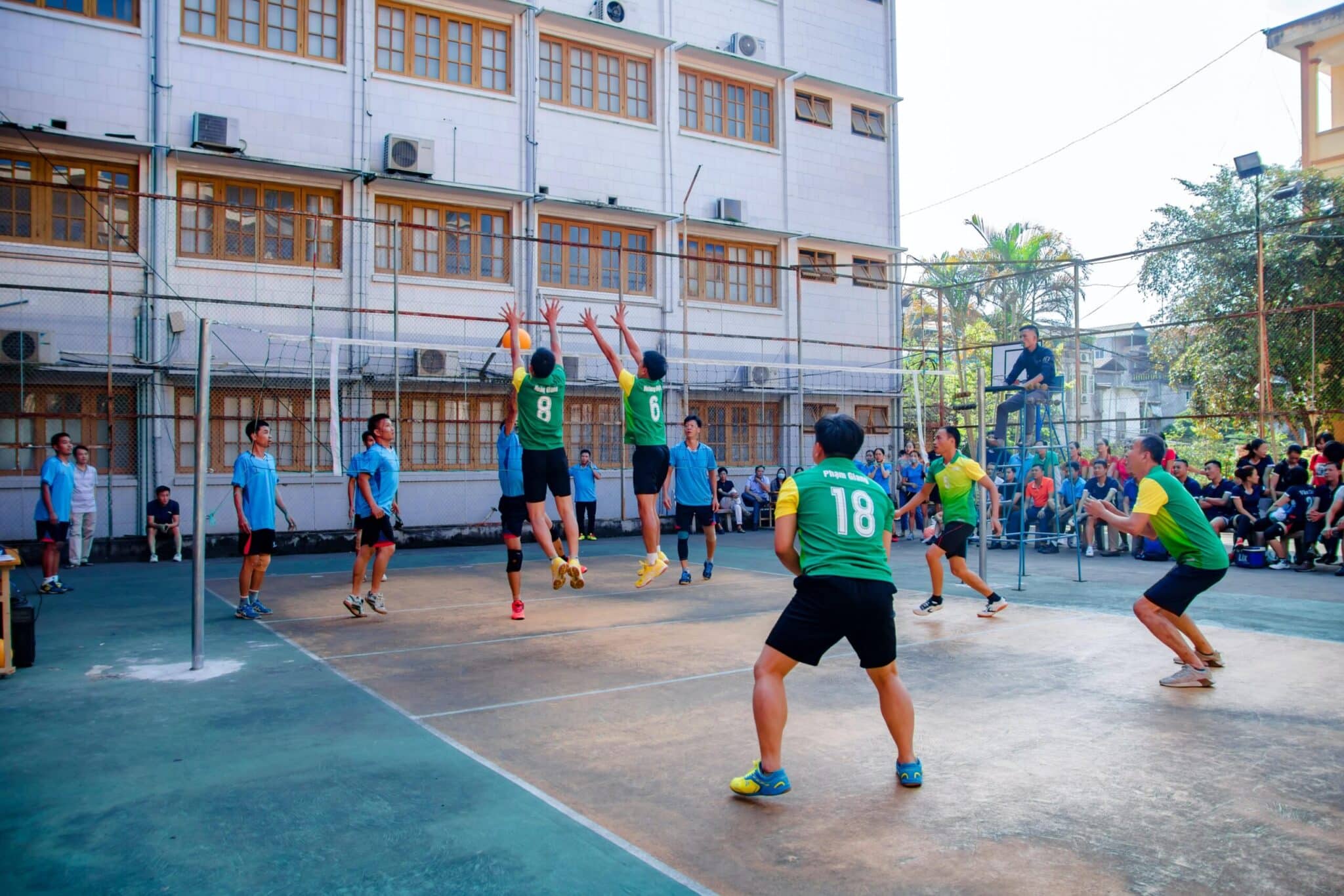It’s a dilemma that teachers constantly battle- and no, it’s not what to have for lunch when you finally get some time to yourself.
Choosing whether to teach in a large urban city or a quaint town is down to what you’re used to and your abilities as an educator. If you’re open-minded about location and school size, Impact Teachers are here to provide to with the facts and advantages of the opposing location types.
Big City Schools
1. People. So Many People.
If you consider yourself a bit of social butterfly, living and working in a city is your best option. The fast-paced, ever-changing vibe of cities is infectious and can really make you feel like you’re living your life to the full. You’ve heard of cities that never sleep, and at times many cities genuinely feel that way; they give you the chance to really get to know the community, make new friends and plenty of professional connections. La rge scale schools also tend to be more efficient.
2. You’ll Never Run out of Things to Do
From shops, to gigs, to museums, to parks, to restaurants, to pubs, clubs and bars, cities are bursting to the brim with stuff to do. There will inevitably be tonnes of nooks and crannies to explore and you’re sure to discover one or two hidden gems along the way. Also, rural surroundings can often eat away at your time and make you lose track of time and what you’re supposed to be doing- especially when work is concerned (lesson prep anyone?)
3. Larger Wage Packet
Due to everything you do and buy costing more in built-up areas, you tend to get a little more cash help you fork out for it, which can only put a smile on your face come pay day.
4. What You Want When You Want It
No, it’s not a fairy godmother- it’s the likes of 24/7 supermarkets, comforting takeaways on tap and plenty of entertainment and shopping choices. You may not come across authentic culture every corner you turn, but you’ll certainly experience the hustle and bustle of the city through what you chose to do and when you chose to do it.
5. More Extra-Curricular Activities
After-school clubs, lunchtime team games and competitions- the list is endless to what you could be a part of in your spare time at school. These activities also give you a chance to get to know other students that you may not have come across otherwise, as well as experiencing the diversity that a large amount of pupils that city schools inevitably will have to offer. Larger schools are also far more likely to have access to plenty of resources to keep the kids happy. The variety of activities to take part in is also likely to be larger at a larger school and you could even try your hand at multiple activities, which will help your future job apps shine.
Small & Rural Schools
1. Keeping Costs Down
Although it’s likely that your wages will be a little higher in cities, you’ll certainly be spending more! Living costs are higher in cities and in rural areas there are far fewer tempting treats to spend your hard earned cash on and a generally slower pace of life.
2. Relationships Matter
As well as not having to put up with annoyances such as traffic, noise through the night and the endless array of people, you can enjoy a close community where you can really get to know the people on a personal level. Instead of meeting oodles of strangers, you’re far more likely to become good friends with your fellow teachers and others around you and feel like part of the furniture. Smaller schools allow you to focus more of your precious time on each student individually and to work on any personal issues they have as well as educational ones. This is also great if you struggle with remembering names as you’re more likely to remember the names of 20 students than 60!
3. Smaller Classes
One word. Space. At smaller schools,
which tend to be situated in smaller surroundings, you’re far more likely to be teaching at a single form entry school and will therefore have more time to focus your attention, skill and compassion towards each student as well as enjoying more physical space around you. Although teachers tend to feel like they need to be in six places at once, but with fewer students you can really push yourself to take your time over your pupils and provide an exceptional amount of time and energy to create quality teaching and a quality teacher. In fact, small school children spend some 7% more school time on task according to Mike Carter, Chairman of the National Small Forum. Fewer students also mean fewer staff and more leadership opportunities to consider to develop your career- which can only be a good thing!
4. Detailed Student Feedback
For smaller classes, teachers have more time to spend carefully assessing their students and providing detailed feedback to students. Not only will this improve the confidence and potential of the pupils you teach, but also improve your teaching capabilities through direct interaction and with your students. One-on-one feedback sessions will also enhance your pupils’ communication abilities and remind them about the importance of face-to-face interactions in this world where everything is carried out behind the screen of technology.
5. Less Inter-Pupil Competition
In big city schools, lots of students mean lots of competing- for everything! From the teacher’s attention, to canteen food to exam grades; more children mean more challenging of one another. But with the intimacy of a smaller school, students are more likely to focus on their own work and achievements rather than endlessly comparing themselves with others which can, of course, truly damage the pupils’ self-confidence particularly at a young age.
School size and scale alone do not determine the school’s success or your success as a teacher. Working in a variety of school sizes however, is something that’s incredibly advantageous to a career in education- so it’s incredibly important to embrace the environment around you, no matter whether it is rural or metropolitan. As a teacher you must be adaptable and be prepared for whatever may come your way.








